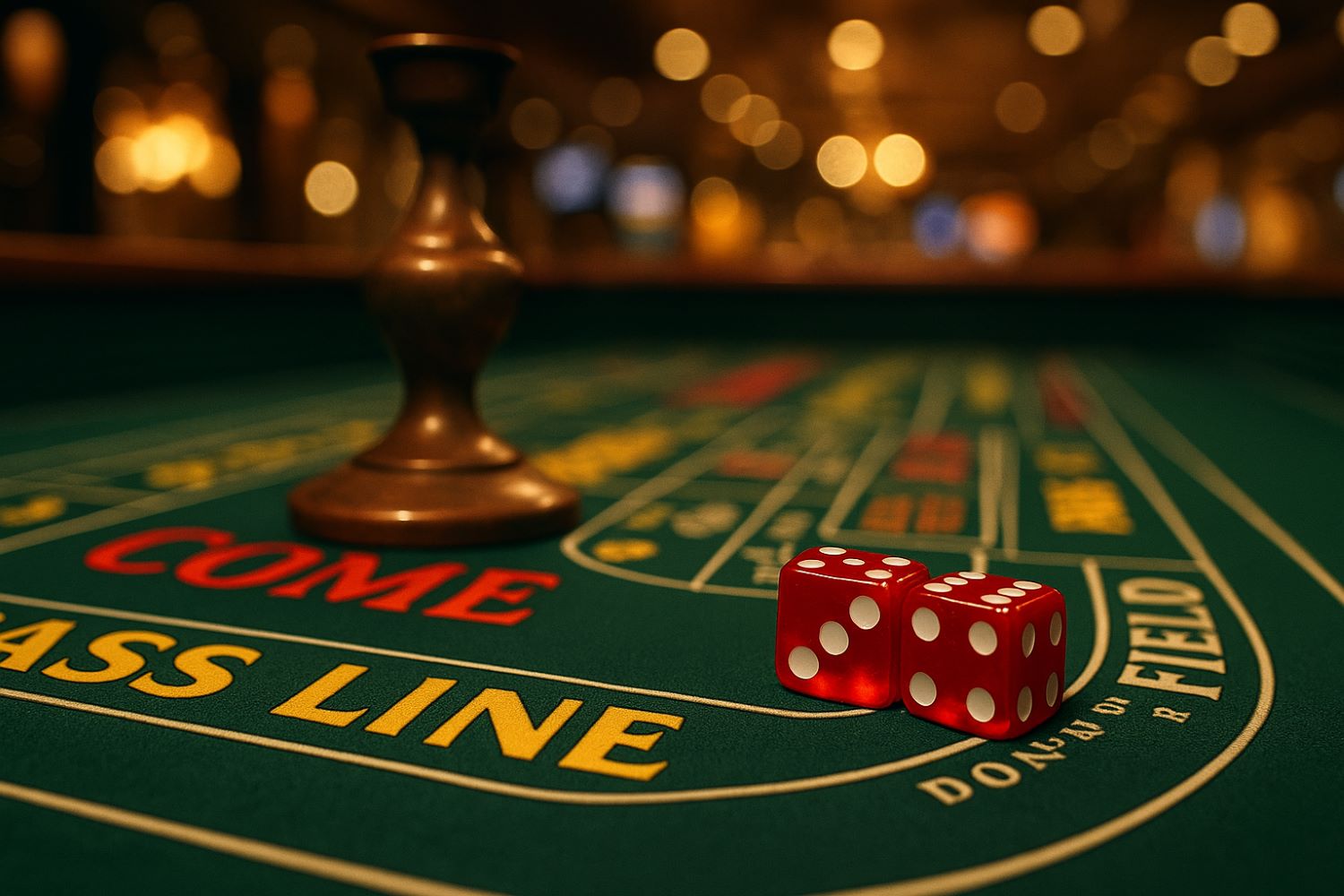Craps
Craps is one of the most exciting and fast-paced dice games found in both land-based and online casinos. On this page, you’ll discover everything you need to know about playing craps—from basic rules and betting options to expert strategies that can help you manage your bankroll and maximize your winning chances. Whether you’re a newcomer curious about how to get started or an experienced player seeking advanced tips, our collection of craps articles will help you enjoy the game and roll the dice with confidence.
-
So you want to play Craps huh? Well, you better…
-
The historian may have a little trouble clearly defining the…
-
Games at casinos are of two kinds. The game of…
-
Learn how craps works, from basic bets to table rules.…


